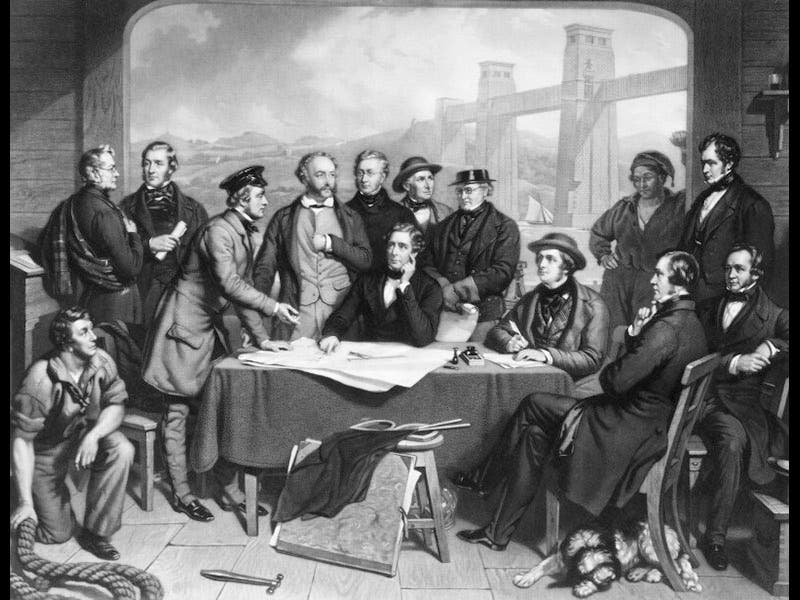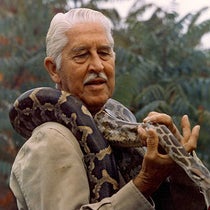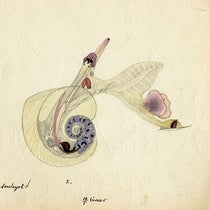Scientist of the Day - Latimer Clark
Josiah Latimer Clark, a British civil and electrical engineer, died Oct. 30, 1898, at age 76. Latimer, as he called himself, was the younger brother of Edwin Clark, the supervising engineer on the Britannia Bridge project, who was our Scientist of the Day on Oct. 22, 2015. Latimer was himself involved in the Britannia Bridge construction, alongside his brother. When John Lucas painted a visual tribute to the principal participants, in a painting with the unwieldy title, Conference of Engineers at the Menai Straits Preparatory to Floating one of the Tubes of the Britannia Bridge (1851; we display an 1868 mezzotint of the painting), he included Latimer as the second standing figure at the left, not looking at all 8 years younger than his brother Edwin, who is 3rd from the left, leaning on the table (first image).
Latimer went on to become an engineer for the Atlantic Telegraph Company and made several key discoveries that contributed to the ultimate success of the transatlantic cable project in 1865-66. He even played a role in proposing to the British Association for the Advancement of Science (BAAS) in 1861 that they should name certain key electrical terms after important historical experimenters, to wit, the ohm, the volt, and the farad. After considerable deliberation, the BAAS did just that.
But another aspect of Clark's career is particularly relevant to the History of Science Collection at the Linda Hall Library, in an unfortunate way. Clark was an ardent book collector, and before his death he had amassed one of the world’s finest collections of books, pamphlets, and periodicals related to the history of electricity, magnetism, and telegraphy. After his death, the collection was bought in 1901 by a New Jersey engineer, Schuyler Skaats Wheeler, who then gave it by bequest to the American Institute of Electrical Engineers in New York City, where it became known as the “Wheeler Gift”. In 1909, a thick two-volume catalog was published, describing almost 6000 items, many of them incredibly scarce (second image):
When the Engineering Societies Library (ESL) was established in 1913, to consolidate the individual libraries of various engineering groups in New York, the Wheeler collection was merged into the ESL general collection. After many years, it was decided in 1995 to transfer the entire Engineering Societies Library to the Linda Hall Library. But the Wheeler Gift could not be included, due to a clause in the terms of the original Wheeler Gift, which specified: “The Library to remain in New York City and to be a reference library, free to all, including non-members and available for consultation at least three days in the week and some evenings and some Sundays, as soon as the Institute is in permanent quarters.” So the Wheeler Gift did not come to Kansas City, but was transferred to the New York Public Library where, 22 years later, it still sits, unaccessioned, unavailable (in spite of the terms of the gift) and generally unacknowledged, unless things have changed in the last few years, which we hope they have. It is quite an amazing collection, and we often lament that that the Wheeler Gift, the crown jewel of Latimer Clark’s legacy, got away.
Dr. William B. Ashworth, Jr., Consultant for the History of Science, Linda Hall Library and Associate Professor, Department of History, University of Missouri-Kansas City. Comments or corrections are welcome; please direct to ashworthw@umkc.edu.









